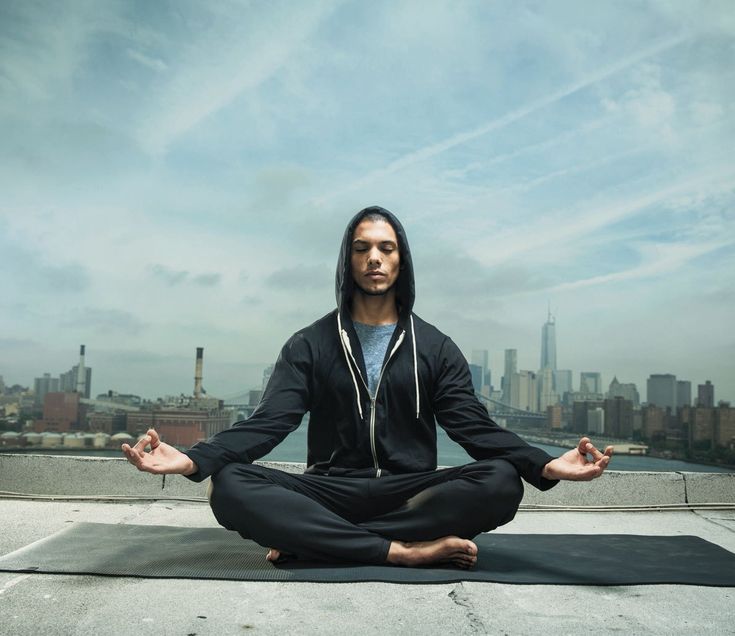
by bendigitals | Sep 22, 2023 | Wellness
Yoga poses is a powerful practice that not only helps with flexibility and strength but also plays a crucial role in improving our overall range of motion. By incorporating specific yoga poses into your routine, you can increase the mobility of your joints and enhance your flexibility. In this article, we will explore some effective yoga poses that can help you improve your range of motion.
Downward Facing Dog (Adho Mukha Svanasana)
This pose stretches and lengthens the entire body, especially the hamstrings, shoulders, and calves. Begin on your hands and knees, then lift your hips up and straighten your legs. Press your heels towards the ground and relax your head and neck.
Yoga Poses: Standing Forward Fold (Uttanasana)
This pose targets the hamstrings, calves, and lower back. Stand with your feet hip-width apart, hinge forward at the hips, and let your upper body hang down towards the ground. Bend your knees slightly if needed.
Warrior II (Virabhadrasana II)
Warrior II is excellent for improving hip mobility and opens up the hips, groin, and chest. Take a wide step to the side, turn one foot out perpendicular to the other, and bend your front knee while keeping your back leg straight. Extend your arms out to the sides, parallel to the ground.
Bridge Pose (Setu Bandhasana)
Bridge pose stretches the chest, neck, and spine while also strengthening the back and glutes. Lie on your back, bend your knees, and place your feet flat on the ground. Lift your hips off the ground, keeping your shoulders and feet grounded.
Yoga Poses: Extended Triangle Pose (Utthita Trikonasana)
This pose opens up the hips, hamstrings, and shoulders, providing a deep stretch for the entire body. Step your feet wide apart, turn one foot out, and extend your arms out to the sides. Reach forward with your front hand and lower it towards your shin or the floor, maintaining a straight back.
Butterfly Pose (Baddha Konasana)
Butterfly pose targets the hips and groin, helping to increase flexibility in these areas. Sit on the ground with the soles of your feet touching each other. Gently press your knees down towards the ground while keeping your spine straight.
Yoga Poses: Child’s Pose (Balasana)
One of the most relaxing yoga poses, Child’s pose stretches the hips, lower back, and shoulders. Begin on your hands and knees, then sit your hips back towards your heels while extending your arms forward. Rest your forehead on the mat and breathe deeply.
Incorporating these yoga poses into your regular practice can greatly improve your range of motion by enhancing flexibility and mobility in various parts of your body. Remember to listen to your body and go at your own pace, gently exploring your limits. With consistent practice and patience, you will gradually notice improvements in your overall range of motion. So roll out your mat, take a deep breath, and let yoga guide you towards a greater sense of fluidity and freedom in your movements. Call: (778) 715-5554.
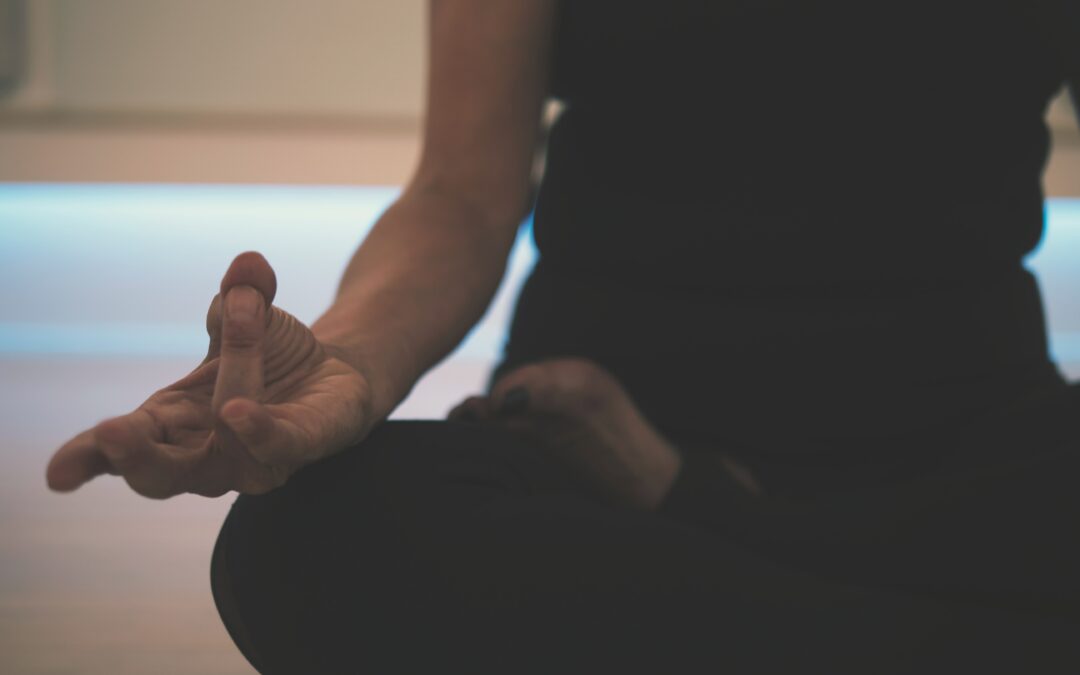
by bendigitals | Sep 11, 2023 | Wellness
Foundations of Yoga, is an ancient practice that has evolved for over 5,000 years. While it is often viewed as a physical exercise, yoga extends far beyond the physical realm. At its core, yoga is a spiritual practice that seeks to unite the mind, body, and soul. The philosophical foundations of yoga offer a framework for understanding the path towards inner union and self-realization.
The Eight Limbs of Yoga
The foundation of yoga philosophy is based on Patanjali’s Yoga Sutras, which outlines the Eight Limbs of Yoga. These limbs are a step-by-step guide for living a meaningful and purposeful life, with the ultimate goal of reaching Samadhi – a state of consciousness where the practitioner experiences complete bliss and enlightenment. The foundations of Yoga.
1. Yama: The first limb of yoga, Yama, focuses on ethical principles, such as non-violence, truthfulness, and non-stealing.
2. Niyama: The second limb, Niyama, emphasizes self-discipline, purification, and spiritual practices like meditation and prayer.
3. Asana: The third limb, Asana, is the physical practice of yoga that promotes physical health, strength, and flexibility.
4. Pranayama: The fourth limb, Pranayama, focuses on breathing techniques that help to control the flow of prana or life force energy.
5. Pratyahara: The fifth limb, Pratyahara, is the withdrawal of the senses, allowing the practitioner to turn their attention inward.
6. Dharana: The sixth limb, Dharana, refers to concentration and focusing the mind on a single point or object.
7. Dhyana: The seventh limb, Dhyana, is the state of meditation where the mind becomes still and the practitioner experiences complete absorption in the present moment.
8. Samadhi: The final limb of yoga is Samadhi, the ultimate goal of the practice. Samadhi is a state of complete union with the divine, where the practitioner experiences a sense of transcendence and enlightenment.
In addition to the Eight Limbs of Yoga, there are four paths or approaches to yoga philosophy that we can follow to achieve self-realization.
1. Karma Yoga: The path of action, Karma Yoga, emphasizes selfless service and action without attachment to the outcome.
2. Bhakti Yoga: The path of devotion, Bhakti Yoga, emphasizes devotion and love towards a higher power or divine.
3. Jnana Yoga: The path of knowledge, Jnana Yoga, emphasizes self-inquiry and intellectual study to attain knowledge of the self and the divine.
4. Raja Yoga: The path of royal yoga, Raja Yoga, is considered the most comprehensive and complete path. It combines the practices of the Eight Limbs of Yoga to achieve self-realization.
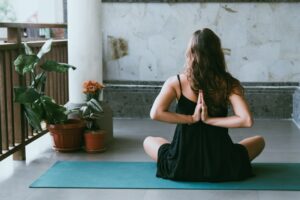
Yoga vs. Pilate
The Benefits of Practicing the Philosophical Foundations of Yoga
By practicing the philosophical foundations of yoga, we can achieve both physical and spiritual benefits. The physical practice of yoga promotes strength, flexibility, and balance, while the spiritual path offers a framework for living a meaningful and purposeful life. Ultimately, the goal is to achieve self-realization, where we can experience complete bliss and union with the divine.
The philosophical foundations of yoga offer a comprehensive path towards self-realization. Through the Eight Limbs of Yoga and the four paths of yoga, we can explore the many aspects of this ancient practice and discover a deeper connection with ourselves and the world. By applying these principles to our daily lives, we can experience physical health, spiritual growth, and a deeper sense of purpose and fulfillment.
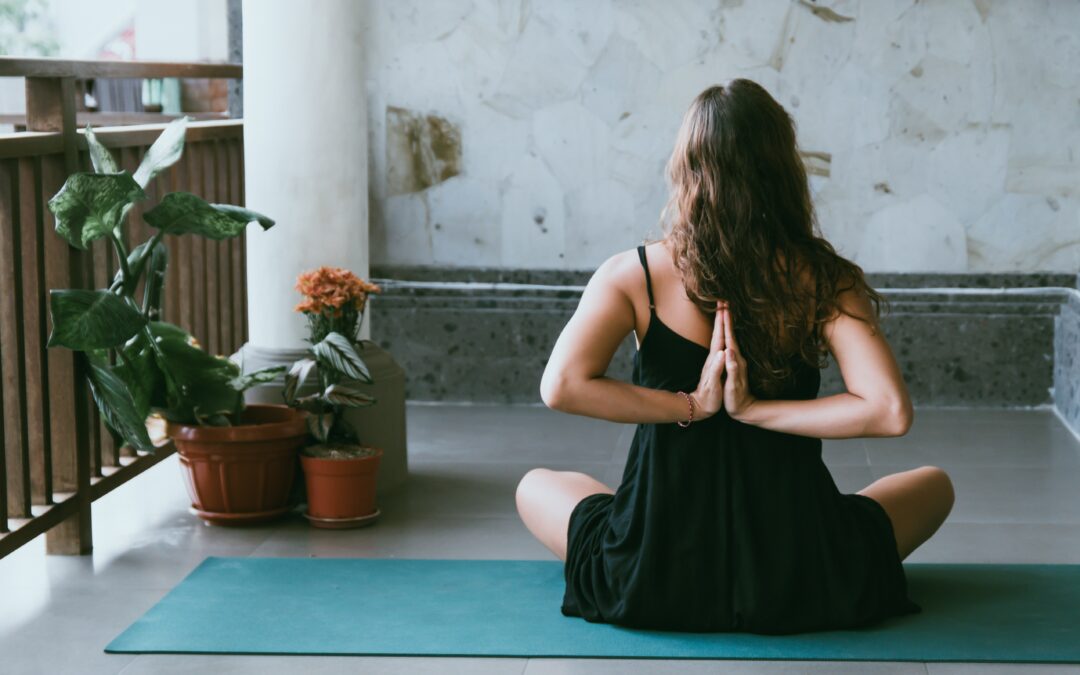
by bendigitals | Sep 4, 2023 | health wealth
In today’s fast-paced world, finding time for self-care and physical fitness has become increasingly important. Yoga and Pilates are two popular mind-body practices that can help improve strength, flexibility, and overall well-being. But which one is right for you? Let’s delve into the key differences between Yoga and Pilates to help you make an informed decision.
Yoga vs. Pilates: Origins and Philosophy
Yoga originated in ancient India and has been practiced for thousands of years. It incorporates physical postures, breath control, and meditation to achieve a union of the mind, body, and spirit. Yoga focuses on creating harmony and balance within oneself and improving overall well-being.
Pilates, on the other hand, was developed by Joseph Pilates in the early 20th century. It was initially devised as a rehabilitation technique and has since evolved into a comprehensive exercise system. Pilates emphasizes core strength, muscle control, and precision of movement. It aims to improve stability, posture, and overall physical strength.
Exercise Techniques
When it comes to the exercise techniques employed in Yoga and Pilates, there are some noticeable differences. In Yoga, practitioners flow through a series of postures, also known as asanas, which are held for varying durations. These postures help to increase flexibility, build strength, and improve balance. Yoga incorporates breath control, meditation, and relaxation techniques to enhance mental well-being and reduce stress.
Pilates, on the other hand, primarily focuses on core strength and stability. It uses controlled and precise movements that target specific muscle groups, often utilizing specialized equipment such as reformers and resistance bands. Pilates exercises are designed to improve overall body alignment, posture, and coordination.
Yoga vs. Pilates; Physical Benefits
Both Yoga and Pilates offer a variety of physical benefits, but they target different areas of the body. Yoga helps to lengthen and strengthen muscles, increase flexibility, and enhance overall body awareness. It can also improve cardiovascular health and promote relaxation, reducing stress levels. The practice of Yoga is known to provide a meditative and calming effect.
Pilates, as a predominantly core-focused practice, helps to improve posture, alignment, and overall muscle tone. It targets the deep stabilizing muscles of the abdomen and back, providing a strong foundation for movement. Pilates can help alleviate back pain, improve flexibility, and increase overall strength and endurance.
Yoga vs. Pilates: Mental Benefits
While both practices offer significant physical benefits, they also contribute to mental well-being in different ways. Yoga places a strong emphasis on breath control, meditation, and mindfulness. This helps to quiet the mind, reduce stress, and promote relaxation. The practice of Yoga encourages self-awareness, fosters a sense of inner peace, and can enhance mental clarity.
Pilates, although not traditionally associated with mindfulness, offers a form of moving meditation. The focus on precise movement and control necessitates concentration and mental presence. Pilates can help improve focus, reduce anxiety, and increase overall body awareness.
When deciding whether to choose Yoga or Pilates, it ultimately comes down to personal preference and individual goals. If you are looking for a holistic practice that combines physical exercise, breath control, and meditation, then Yoga may be the right choice for you. Yoga offers a calm and meditative approach that not only enhances physical fitness but also promotes mental well-being.
On the other hand, if you are seeking to build core strength, improve posture, and enhance overall physical stability, Pilates may be a better fit. Pilates emphasizes targeted exercises that can help rehabilitate injuries, improve muscle tone, and increase overall body strength.
It’s worth noting that many individuals find benefit in combining both practices, as they complement each other well. Both Yoga and Pilates promote conscious movement, enhance mind-body connection, and contribute to overall physical and mental well-being.
Moreover, whether you choose Yoga, Pilates, or decide to incorporate aspects of both into your fitness routine, both practices offer a multitude of benefits. Experimenting with each and finding what resonates with you and your body is key. Ultimately, the most important thing is to find a practice that not only helps you achieve your physical fitness goals but also provides a sense of balance, peace, and well-being in your life.
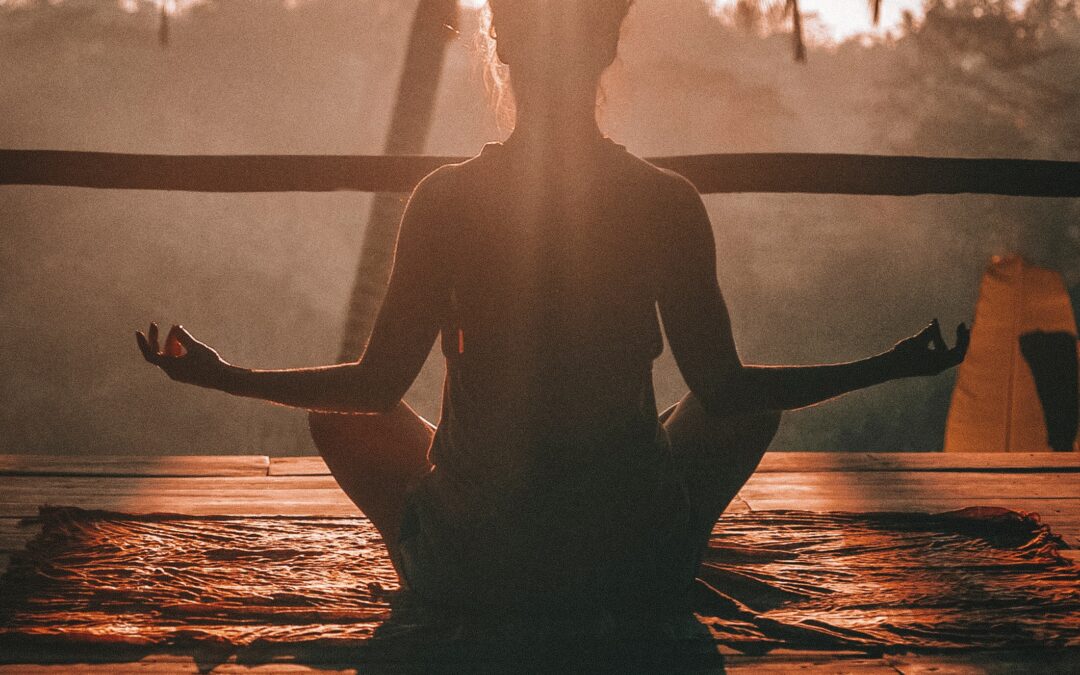
by bendigitals | Sep 1, 2023 | health wealth
In order to enhance general well-being and reduce stress, yoga is a holistic practice that includes physical postures, breathing exercises, meditation, and mindfulness practices of stress relief and relaxation. It is well known for its ability to lower tension and encourage relaxation because of the following factors.
Stress relief and relaxation Physical Relaxation
Reduces tension and tightness in the muscles and the body. It is a state in which the physical body feels at ease and comfortable muscles are less constricted. It is possible to attain physical relaxation through a variety of methods and exercises with Yoga Asanas (Postures) which particular yoga postures made to stretch and relieve tension in various muscle groups. This position encourages flexibility improvement while reducing muscle tightness with elasticity of mucles and joints that create way of relaxation.
Stress relief and relaxation Progressive Muscle Relaxation
This method entails gradually tensing and relaxing various bodily muscle groups. People who practice determined muscle release become more conscious of their muscles.
Exercising the breath: Deep breathing techniques, such as diaphragmatic breathing or yoga’s pranayama, relax the muscles and encourage physical calm. The parasympathetic nerve system of the body, linked to relaxation, is activated when one takes deep breaths.
Massage and bodywork: By exerting pressure and kneading muscles, professional massage and bodywork techniques like Swedish massage or shiatsu can reduce muscle tension and encourage physical relaxation.
To relax and relieve tension, deep breathing is the deliberate practice of taking long, calm breaths. When you practice deep breathing, you effectively take charge of your breathing making it slower than your regular shallow breathing patterns. Here is an explanation of what this means:
Conscious and Controlled Breathing: This entails consciousness of breathing and actively controlling it. You purposefully regulate each breath’s depth and pace rather than breathing voluntarily and involuntarily.
Yoga refers to numerous breath control techniques such as pranayama. To accomplish various results, such as relaxation and mental clarity, these techniques use precise patterns of inhaling, holding, and exhaling air. Engaging in breathing, through practices like pranayama, basically signals your body to change from a state of increased awareness (the “fight or flight” reaction”) to a state of peace and relaxation. The parasympathetic nervous system, which is in charge of encouraging rest and recovery, mediates this change. Stress relief and relaxation is wealth.
Stress relief and relaxation Mind-Body Connection
Strong mind-body connections can be developed through yoga. By concentrating their attention on their breath and physical actions, practitioners develop the ability to be fully present at all times. By assisting people in letting go of concerns about the past or the future, mindfulness helps people experience less mental stress. When you practice deep breathing, you effectively take charge to make it slower than your regular shallow breathing patterns. Stress relief and relaxation is wealth.
stress relief and relaxation: Conscious and Controlled Breathing
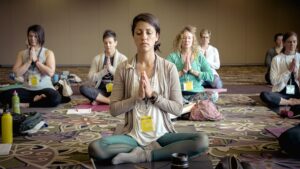
stress relief and relaxation
This requires consciousness of breathing and actively controlling it. You intentionally regulate each breath’s depth and pace rather than breathing voluntarily and involuntarily.Being in the moment is similar to pausing life’s steady onward motion. You concentrate on the present moment rather than obsessing over what occurred yesterday or what might occur tomorrow. Entail enjoying each moment as it develops.
Stress hormone regulation
Regular yoga practice has been shown to lessen cortisol and adrenaline levels, two stress chemicals. This hormonal control helps the body maintain balance by reducing the physiological effects of stress. Think of the body’s alert system as being the stress hormones cortisol and adrenaline. When you’re under stress or navigating a challenging scenario, they become active.
It almost feels like your body is asking you to pay attention. Stress relief and relaxation is wealth.Equilibrium Maintenance: Your body maintains balance just like a sensible melody in a song. It’s the perfect amount of stress and relaxation. You need to be in this balanced state if you want to be healthy.
Stress relief and relaxation Physiological Effects of Stress Reduction
Controlling your stress hormones is like stopping a storm from becoming a hurricane. Stress is still present from time to time but it doesn’t turn into a complete hurricane. Your muscles are still calm, your heart rate doesn’t change, and your mind doesn’t work too hard.
Stress relief and relaxation: Improved Sleep
In plain English, getting better sleep with the use of yoga is like discovering the key to a long, deep sleep key that opens a world of comfort. Here’s how it operates:
Sleep Issues: Picture those evenings when getting any sleep seems like hunting fireflies in the dark. Stress usually makes it tough to unwind and go off to sleep. Thoughts and anxieties flit about like annoying insects.
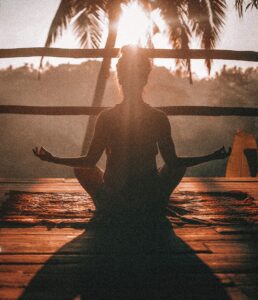
stress relief and relaxation
Think of yoga as your calming bedtime lullaby. Yoga is like covering yourself in a warm, familiar blanket. Your night routine includes gentle stretches and deep breaths.Yoga can assist in quieting the mind in a similar way to how a soft breeze might settle a tree’s agitated leaves. As you concentrate on your breathing and relaxing motions, your problems from the day start to slowly escape. It is similar to lowering the volume of your chaotic thoughts.
Imagine your body as a taut rubber band that is gently unwinding to help you relax. Yoga asanas and stretches relieve the physical tension accumulated throughout the day. Your body becomes more like a cozy bed luring you to sleep as your muscles relax.
The Sleep-Relaxation Loop: Yoga is like a positive feedback loop that improves the quality of your sleep. Stress reduction leads to improved sleep.
It’s important to remember that different people may respond differently to yoga’s ability to reduce stress. What is effective for one person might not be as effective for another. Additionally, to get the full rewards of yoga for stress alleviation, consistency in practice is essential. Yoga’s capacity to encourage relaxation and lessen stress can be further increased by combining it with other stress-management techniques including a healthy lifestyle and social support.
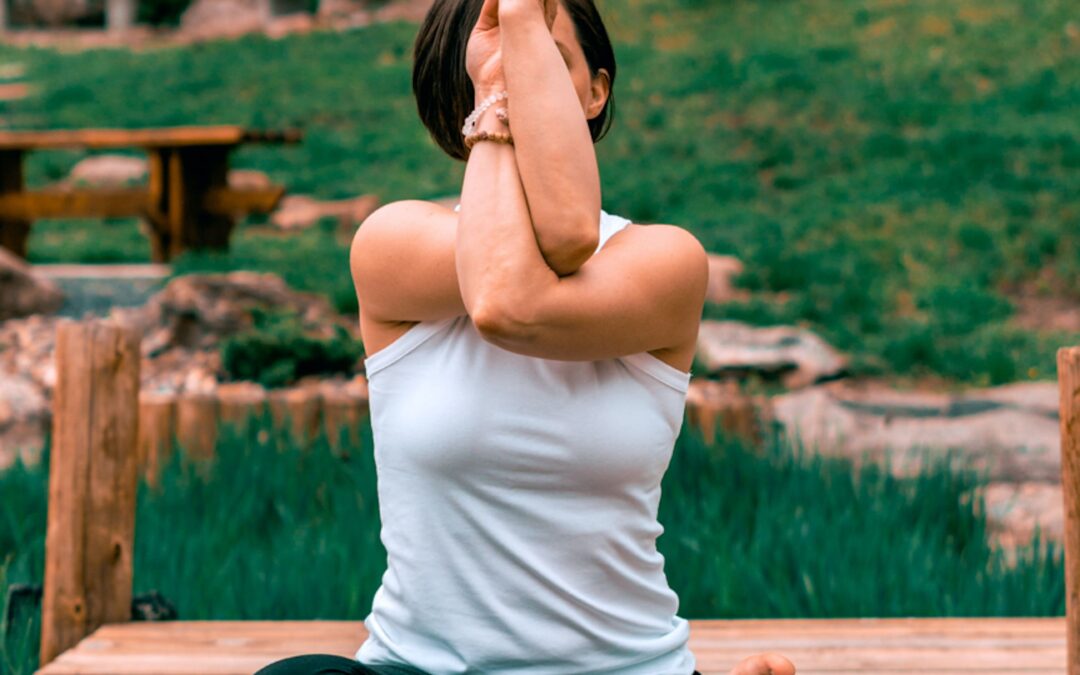
by bendigitals | Aug 31, 2023 | health wealth, Wellness
Health Benefits of yoga: Yoga has long been beneficial for both the body and the psyche. Are there any further health advantages to yoga besides increasing flexibility, mastering yogi breathing methods, and building stronger muscles? The best part is that you don’t always need to practice yoga for years to see results; just a few weeks will do (spoiler alert: there are, and some are very shocking!). What you should know about yoga for health is provided here.
Health Benefits of yoga: It lessens persistent inflammation:
Acute inflammation is normal, such as the redness around a cut. However, persistent or chronic inflammation can be harmful and is the cause of many chronic diseases, including cancer, type 2 diabetes, obesity, and many others. Yoga reduces important inflammatory markers (including C-reactive proteins and cytokines) and increases chemicals that reduce inflammation, according to numerous studies.
It’s also impressive how much of a difference practicing yoga for just a short while can make. One study included a portion of an adult population in a 10-day yoga intervention including stress-reduction lessons. Cortisol (the stress hormone) and numerous other substances that promote inflammation were found at lower levels in those who practiced yoga and stress reduction after days.
Stress decreases as a result:
Chronic stress can inhibit the immune system and reduce your body’s reaction to an illness-causing invader, in addition to harming our mental health (more on that below). Yoga practice, particularly the breathing exercises taught there, can help lower cortisol levels.
Yoga encourages and teaches deep, regular breathing, which encourages the release of hormones that calm us down. Over time, for frequent yoga practitioners, there is less activation in the area of the brain that produces norepinephrine in reaction to stress and panic (they also develop feelings of camaraderie and bonding, and friends are wonderful for stress reduction!).
In a 2018 study, workers were divided into two groups: one group underwent a 16-week yoga intervention, while the other underwent eight so-called “normal” workweeks before beginning an 8-week yoga intervention. After the trial, both groups reported feeling less stressed and anxious and overall better off.
Health Benefits of yoga: It raises mental health.
Yoga benefits your mood and outlook whether you have a diagnosable mental health illness. According to research, doing yoga boosts the creation of GABA, serotonin, and dopamine, all hormones and neurotransmitters with built-in antidepressant characteristics. In other words, mental health problems like schizophrenia, anxiety, sadness, and PTSD have been linked to reduced levels of GABA.
Additionally, clinically depressed people have benefited from regular yoga sessions. In one study, participants either received medication, engaged in yoga, or did both. Both yoga-practicing groups experienced an increase in cortisol levels, and surprisingly, the yoga-only group experienced a decrease in depression survey results. call us at the yoga bar Yaletown (778) 715-5554.
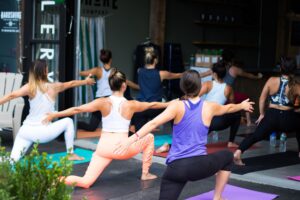
health benefits of yoga
Yoga can assist in controlling chronic inflammation essential for heart health. However, yoga also has certain additional benefits for heart health. In a study of individuals with heart failure, those who practiced yoga for around three months (instead of only receiving standard medical care) saw improvements in several critical markers and lowered heart rate and blood pressure.
Interestingly, those who were deemed “pre-hypertensive” did not experience a lowering in blood pressure with yoga, according to another study that found people with high blood pressure might drop their pressure with yoga in addition to blood pressure medication.
Better sleep is encouraged.
A review study published in the 2017 issue of the journal Children found that yoga practice increases melatonin, which aids in our ability to fall asleep and stay asleep. Yoga is believed to enhance sleep quality in addition to quantity. The neurotransmitter GABA, which is crucial for mental health, is also involved in sleep regulation. Yoga poses that increase GABA synthesis are also beneficial for your nightly sleep.
Health Benefits of yoga: It works equally well as “traditional” exercise.
Yoga involves bodily postures, or asanas, similar to exercises used for physical conditioning. However, other aspects of yoga, such as controlled yogic breathing and meditation, which contribute to the previous benefits, are less “exercise-like.” However, when researchers reviewed the research on yoga versus exercise, they concluded that yoga is equally as good for mental and physical health as a fitness exercise.
In some cases, yoga is a better kind of physical activity.
As an illustration, doing yoga for eight weeks increased mood, reduced anxiety, and verbal aggression in two separate studies (one involving middle-aged and elderly persons and the other involving youngsters).
Yoga has various health advantages, from enhancing heart health to encouraging better sleep quality. So go out there and enroll in a class or get an app to practice at home.One final point: if you have a condition that requires medication or medical attention,
yoga is not a replacement for those things and never should be. However, yoga has the potential to be a preventive measure or a supplement to prescription medication and medical care. call us at the yoga bar Yaletown (778) 715-5554.









Recent Comments